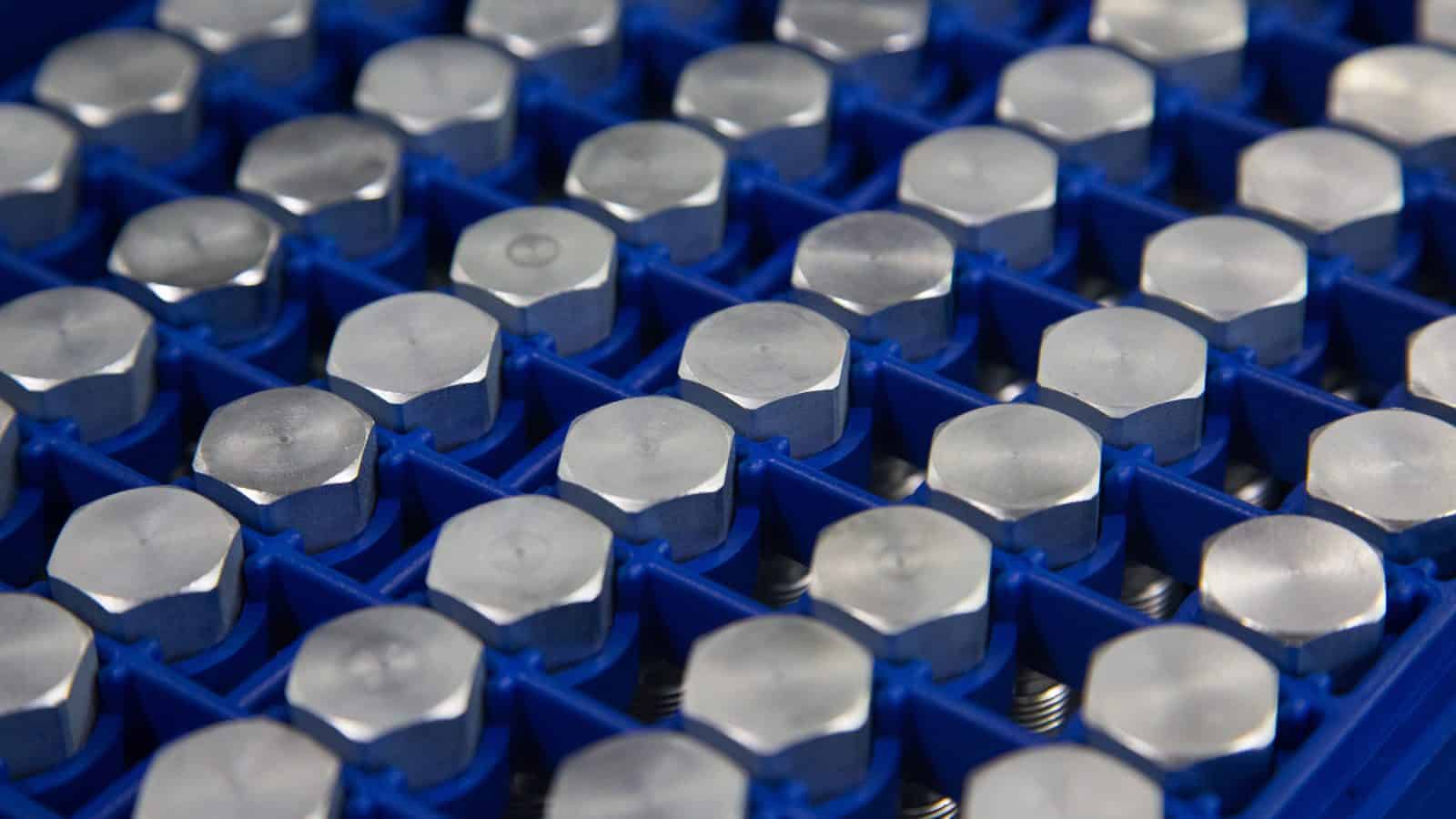Second Quarter Consumer Spending Increased, Investments Decrease
Real GDP increased at an annual rate of 3.0% in the second quarter of 2025, up from a 0.5% decline in the first quarter and above consensus expectations of slightly weaker growth. In the first half of the year, real GDP grew at an annual rate of 1.2%. The increase in GDP during the second quarter was mostly reflective of a decrease in imports, which plummeted 30.3%, and a rise in consumer spending. This was partially offset by reductions in investment, exports and federal government spending. Since, by definition, GDP measures domestic output, imports are subtracted from the final calculation since they are reflected in other parts of the equation, such as inventories and consumption.
Consumer spending grew at an annual rate of 1.4%, up from a 0.5% increase in the first quarter, with both spending on goods (up 2.2%) and services (up 1.1%) contributing to the gain. Consumer spending on durable goods climbed 3.7% after exhibiting a significant downturn of 3.7% in the first quarter. The rise in consumer spending was driven by motor vehicles and parts, with slight declines in other durable goods categories. Meanwhile, consumer spending on nondurable goods rose 1.3%, down from 2.1% growth in the first quarter. Within services, spending increases were relatively widespread, albeit weak, with health care and food services and accommodations being the largest contributors to the gain.
Investment tumbled 15.6% at an annual rate in the second quarter, after surging 23.8% in the first quarter. The plunge was driven by a 10.3% decrease in business spending on structures. Meanwhile, business spending on equipment rose 4.8%. Exports dropped 1.8% in the second quarter, with the decline entirely concentrated in goods exports (down 5.0%). The decrease in federal government spending (down 3.7%) was led by an 11.2% reduction in nondefense spending, while defense spending rose 2.2%. Overall, government spending inched up at an annual rate of 0.4% in the second quarter, boosted by a rise in state and local spending (up 3.0%).
